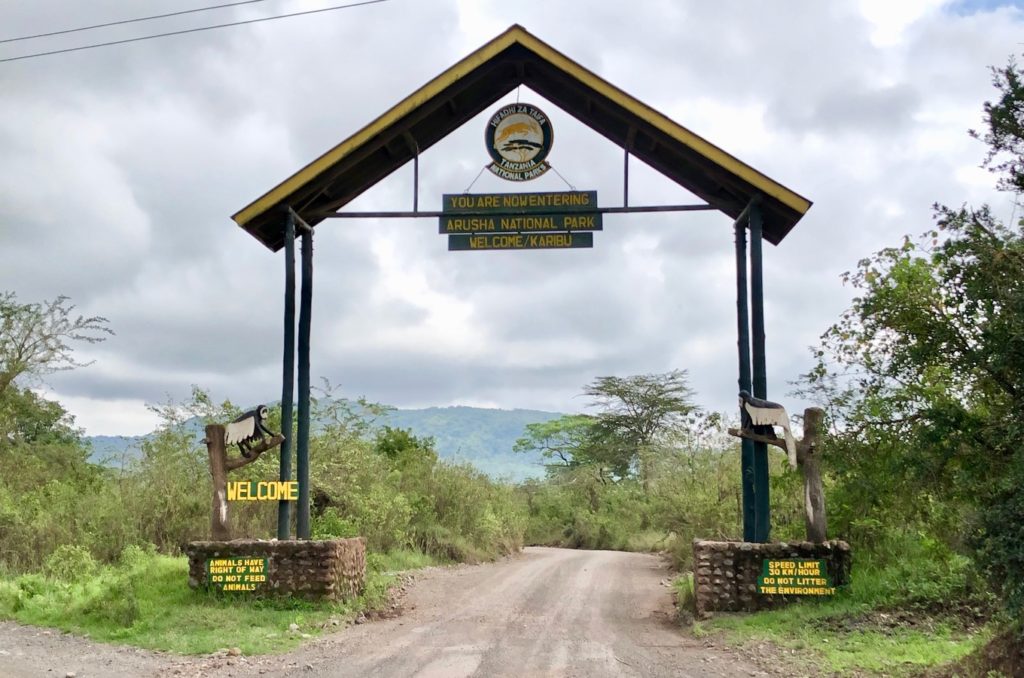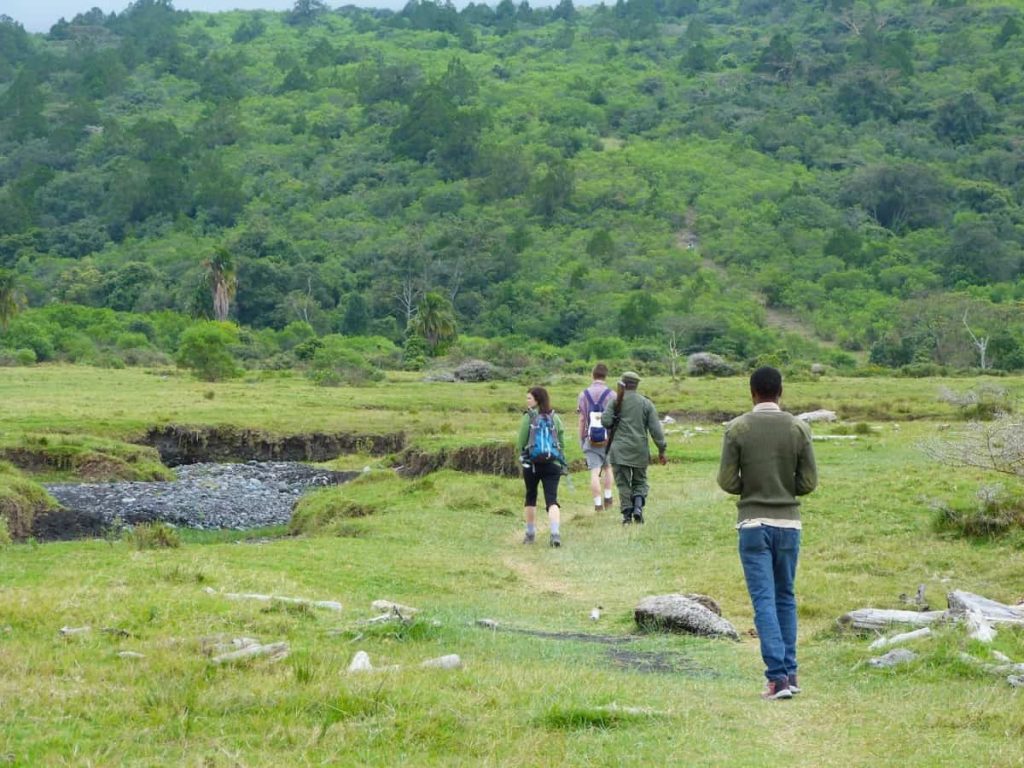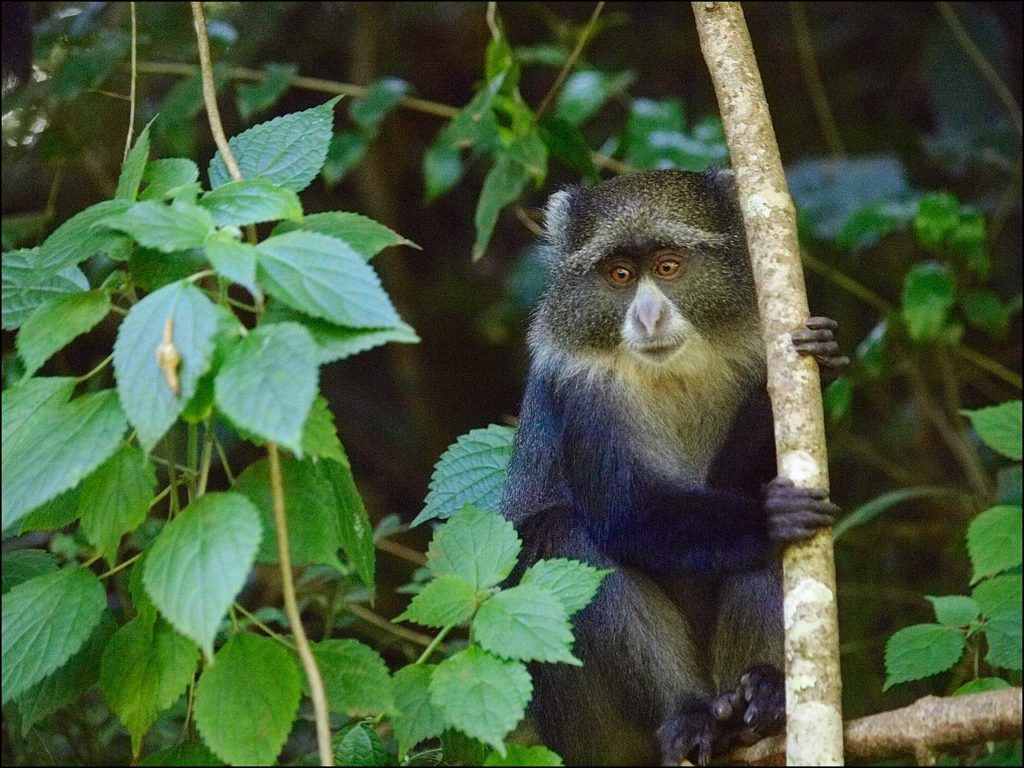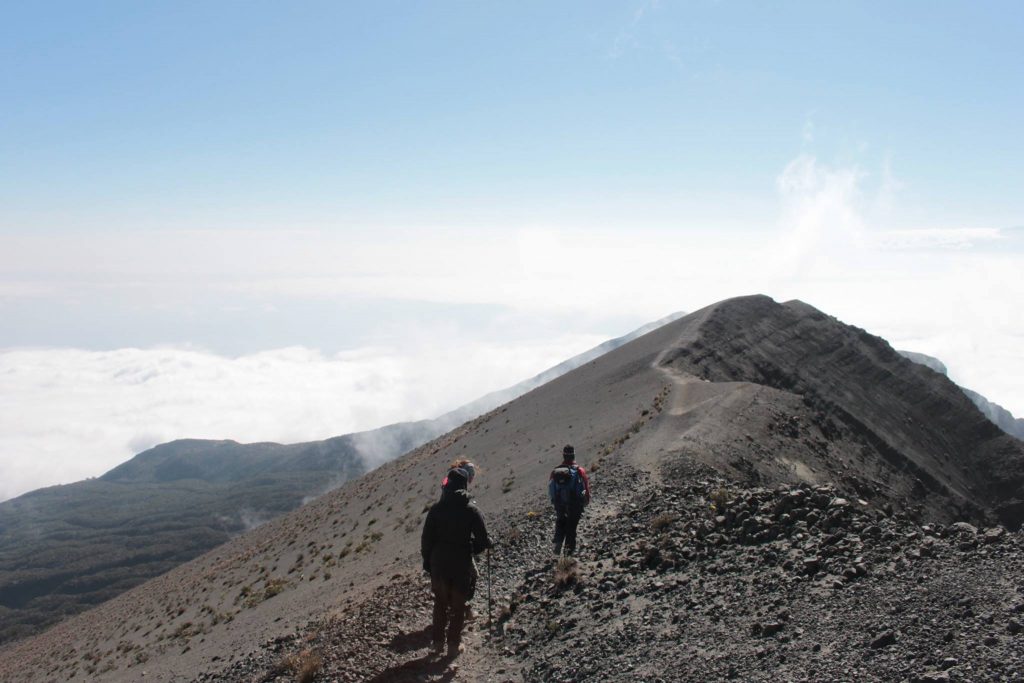Arusha National Park Tanzania (Activities & Animals)
Animals and Activities in Arusha National Park are located in the northeastern part of Tanzania, well known for being rich in a variety of flora and fauna. It is about 1 hour and 30 minutes drive from Arusha capital to Arusha National Park making it one of Africa’s wildlife reserves that are close to a capital.
That means the Arusha National Park is suitable for short Tanzania safaris for 1-day tours or a few hiking days on Mount Meru. The gem is also home to one of the highest mountains in Africa. Arusha National Park covers mountain Meru the fourth highest mountain in Africa and the second highest peak in Tanzania which has an elevation of about 4,566 meters above sea level.

Arusha National Park Tanzania
Arusha National Park lies on an axis of 300 kilometers which has Africa’s most famous National Parks that run from the Serengeti and the Ngorongoro crater in the west and stretches to the Kilimanjaro National Park in the east. Despite the fact that Arusha National Park is small covering an area of about (552km2), the gem is made up of three distinct areas with spectacular and varied landscapes that offer beauty that captivates your memory for a very long time.
Arusha Park in the west has got the Meru Crater that funnels the Jekukumia River, with the peak of mountain Meru lying on its rim. However, to the south East is a grassland in the Ngurdoto crater. The North East of Arusha National Park is the shallow alkaline Momella lakes that harbor varying algae colors and are famous for their wading birds.
Arusha National Park has in the recent years been a remarkable destination for One day trip visitors who are just about to conclude their long travel in the northern Tanzania safari circuit.
Arusha National Park covering the summit, slopes and cones of mountain Meru, the Momela Lakes, Ngurdoto crater and lush highlands that wrap up the slopes offer speculative scenery and an authentic view of nature.
The Top Activities in Arusha National Park
Nature Walking Safaris
Due to the absence of predators in Arusha National Park, walking safaris are permitted in Arusha National Park. Apart from Buffalos, Arusha National Park lacks the big five. However, during the morning hours and late in the evening hours, some Hyenas and leopards can be spotted sneaking out and into the bushes respectively.

Nature Walking Safaris in Arusha National Park
Wildlife sighting
However, on your travel to Arusha National Park, expect to find a great experience of nature viewing with Colobus

Blue monkey (Cercopithecus mitis)
monkeys that are regularly spotted jumping in the vast forests.
The grassy rolling hills of Arusha National Park, offer massive grazing areas for giraffe, zebras, and the smallest antelopes to ever see, the dike-dik.
The others most common sightings include the warthogs and the birds such as the silvery cheeked hornbill, little bee-eater and occasional long crested eagle.
Towards the Momella Lake are the waterbucks and reedbucks that love hanging around the lake shore. Montane forest is a main gate into the gem which offer a wide area for the black and white colobus and the blue monkeys. Primates and savannah wildlife can be seen in the park during a safari game drive.
Several bird species survive within the park and other water bird that can also be spotted are the cormorants, kingfisher and the beautiful flamingos.
Climbing Mount Meru
climbing Mountain Meru which involves small trails such as crisscrossing its lower slope is one of the popular activities done by most visitors during the travel in Arusha National Park. The Crater summit trek is another popular activity in Arusha Park. It is explained by many tourists to be quieter and even a more challenging alternative to the famous Peak of mountain Kilimanjaro that is just nearby.

Climbing Mount Meru
Hikes are also often done mainly at the bottoms of rivers and waterfalls that are relaxing areas for visitors who in most cases would not prefer not to attempt climbing the rugged mountain. The ancient fig tree forests and crystal clear waters cascading from the mountain streams offer a thrilling experience to visitors and a great pleasure of Arusha National Park.

